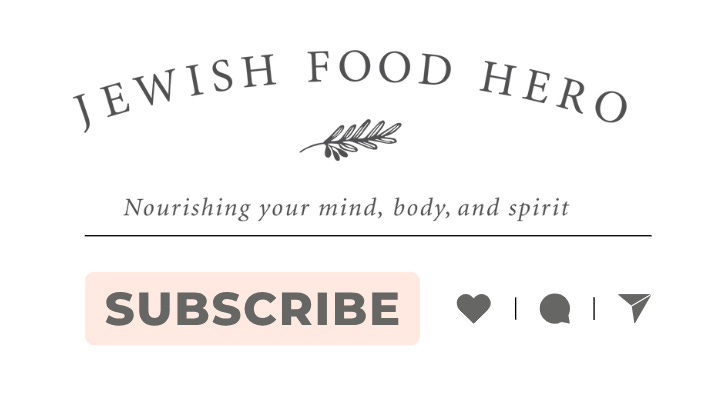I started this illustration back in October 2024, and it took much longer to finish than I expected. Getting the details right was important to me, but it was a challenge. I worked with a Hebrew translator to ensure the Hebrew text was accurate and that the English translations were meaningful. Then came the design process—balancing the icons and layout while keeping the overall look minimalist and uncluttered. I wanted it to feel approachable without being visually overwhelming.
I’m sharing this Kabbalistic Tree of Life explainer below, but I want to be clear upfront: I am not an expert in Kabbalah — far from it! I’m simply learning about these ideas and exploring them alongside you. What initially drew me to the Tree of Life diagram was its beautiful geometry and minimalist design. As I spent more time with it, I came to appreciate the emphasis on words as a way to set intentions and connect with different aspects of ourselves.
The beauty of this diagram is that it offers space for everyone to connect in their own way. I created this illustration for our living room, and I hope it resonates with you as something meaningful to place in your home too.
What Is the Tree of Life?
In Judaism, Kabbalah offers mystical interpretations of the Torah, revealing insights into the spiritual forces shaping creation and human existence.
The Tree of Life is central to Kabbalistic teachings, representing both the structure of the universe and the inner workings of the human soul. The diagram illustrates how Divine energy flows from the infinite (Ein Sof) into the physical world and how we can ascend spiritually by refining ourselves.
This concept has deep roots in Jewish mystical texts, which you can explore further through the links to these texts on Sefaria below. I've also included screenshots from Sefaria's "About This Text" section to provide more context and understanding.
Sefer Yetzirah (Book of Creation):
Together, these texts provide the foundation for Kabbalistic teachings.
The Ten Sefirot: Pathways to Growth
The Tree of Life is made up of ten Sefirot (attributes or emanations) symbolizing different aspects of G-d’s interaction with the world. They also guide personal development.
The Sefirot are arranged into three vertical columns:
Right Column: Expansive forces (Chesed, Chokhmah, Netzach)
Left Column: Restrictive forces (Gevurah, Binah, Hod)
Central Column: Balancing forces (Keter, Tiferet, Yesod, Malkhut)
Here's a simple explanation of each Sefirah:
Keter (Crown): Represents the divine will and ultimate source of creation. It symbolizes pure potential and the intention that precedes thought or action.
Chokhmah (Wisdom): The spark of creative and intuitive thought, representing flashes of inspiration that come before logical reasoning.
Binah (Understanding): The ability to analyze, structure, and comprehend ideas, transforming raw inspiration into something actionable.
Chesed (Loving Kindness): Symbolizes love, mercy, and boundless generosity, often representing compassion in relationships and actions.
Gevurah (Strength): Represents discipline, judgment, and setting healthy boundaries to balance Chesed's expansive energy.
Tiferet (Beauty): The harmony between Chesed and Gevurah, embodying compassion, truth, and balance in decision-making.
Netzach (Eternity): Represents endurance, persistence, and ambition, embodying determination to overcome obstacles.
Hod (Glory): Symbolizes humility, submission, and acceptance, encouraging gratitude and flexibility.
Yesod (Foundation): Connects the spiritual to the material world, governing communication, relationships, and intimacy.
Malkhut (Nobility): The manifestation of all other Sefirot in the physical world, representing leadership, purpose, and responsibility.
Da'at (Knowledge):
Though not always depicted on the Tree of Life, Da'at represents a state of unity where all ten Sefirot exist in harmony. It symbolizes the blending of divine wisdom and understanding, fostering a continuous relationship between spiritual insight and worldly existence. Da'at is associated with memory, concentration, and meaningful awareness.
I would love your feedback on this illustration and to hear which Sefirah you feel most drawn to. Thanks for reading—and please share this illustration with a friend or family member who might enjoy exploring the Tree of Life too!
Kenden
P.S. framed for our living room in Paris -

















This is so beautiful. And with the Counting of the Omer approaching quickly- the timing is perfect!
Beautiful. I attended a study forum on Monday where the Rabbi taught us about The Kabbalistic Tree of Life. The study was conducted by Laasok, headed by Rabbi Micah Streiffer. Thank you for this teaching.
I am a Jewish woman.